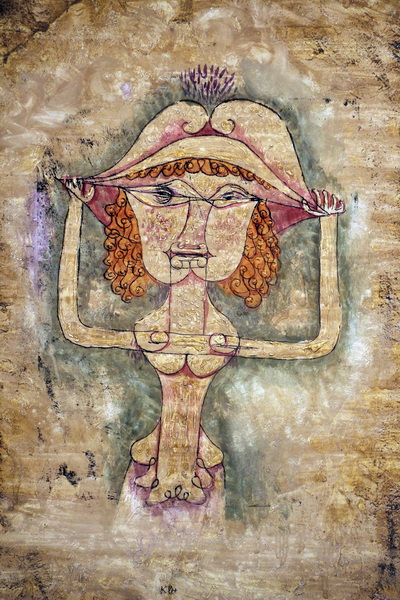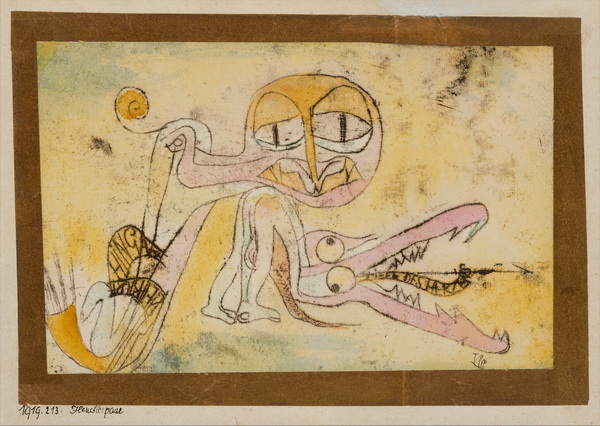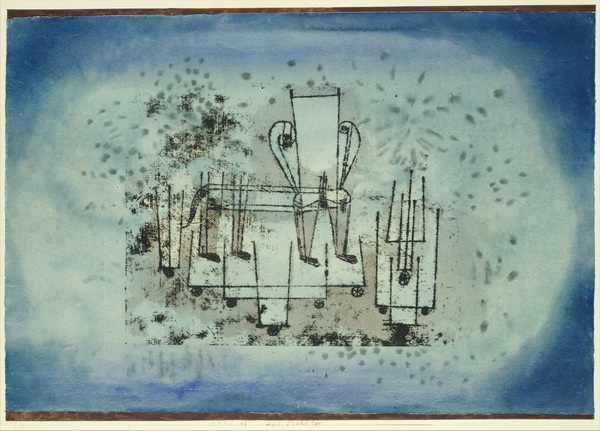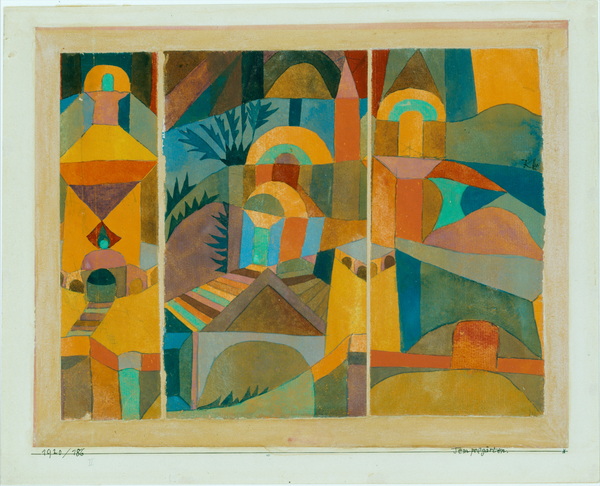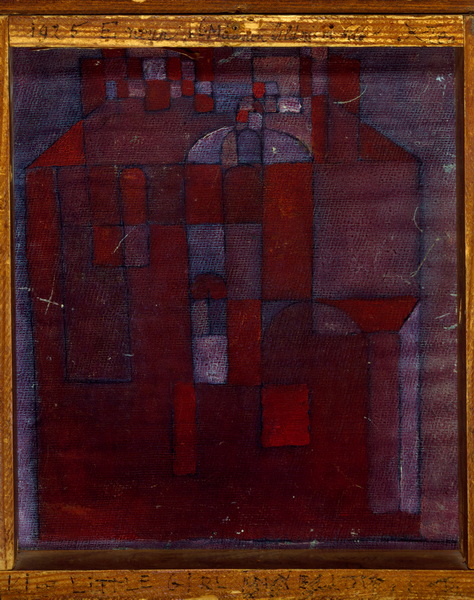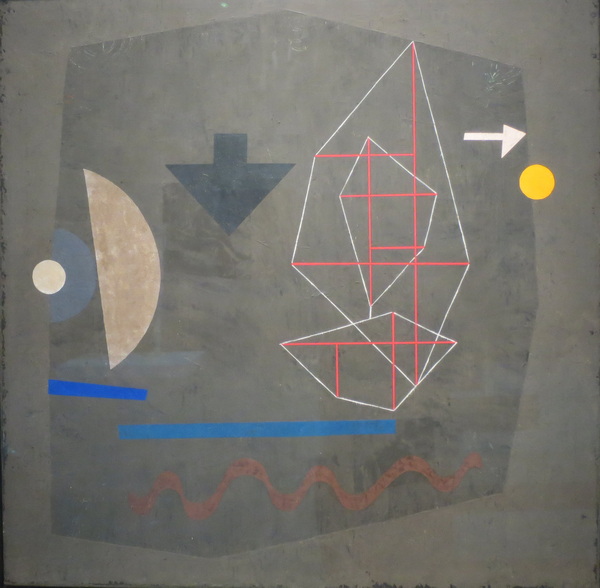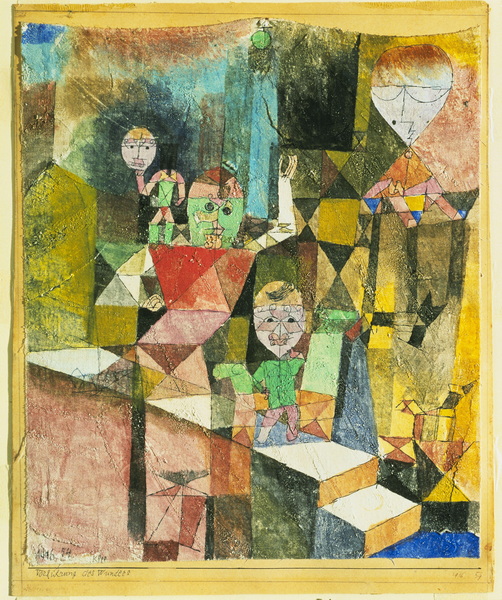The gallery of Paul Klee’s artworks
Paul Klee (1879 – 1940) was a highly influential Swiss – German painter. Here is a brief introduction to him:
Life Experience
- Early Years
- Paul Klee was born in 1879 in Münchenbuchsee, a small town near Bern, Switzerland. From a young age, he had a passion for literature and art. During his middle – school years, he wrote short stories and poems. He was also an amateur violinist. In 1898, he went to Munich to study painting and entered the Munich Academy in 1900.
- Creation and Teaching
- In 1912, he joined the Blue Rider group. In 1920, upon the invitation of Walter Gropius, he taught at the Bauhaus. In 1925, he wrote “Pedagogical Sketchbook”. In 1931, he began teaching at the Düsseldorf Academy but was expelled by the Nazis and returned to Switzerland in 1933.
- Later Life
- In 1935, he suffered from scleroderma. On June 29, 1940, he died of a heart attack in Locarno.
Artistic Style
- Blend of Abstraction and Figuration
- Klee was skilled at combining abstract elements with figurative forms. His paintings often feature a mixture of geometric shapes and organic forms. The lines in his works are smooth and full of playfulness, making his works both mysterious and highly expressive.
- Unique Use of Color
- His use of color was outstanding. He conveyed rich emotions and atmospheres through color contrasts and combinations, regarding color as an integral part of the composition. His works have a fairy – tale – like quality, filled with imagination.
- Musicality
- Born into a musical family, Klee connected music with painting. He treated the canvas as a musical staff and color blocks as musical notes. Bright colors were like high – pitched notes, and dark, cool colors were like low – pitched notes, making his works full of musical rhythm.
Representative Works
- “Subtropical Landscape”
- This work showcases his unique understanding of color and form. The painting is filled with fantastic elements and rich color layers, as if transporting viewers to a mysterious subtropical world.
- “Portrait of an Old Man”
- With unique lines and colors, it depicts the demeanor and temperament of the old man. Through concise yet expressive brushstrokes, it reveals the old man’s profound inner world.
- “Death and Fire”
- Created in the final years of the painter’s life, the painting is filled with a desolate and sorrowful atmosphere. The black lines are heavy, and the pale figure in the middle, composed of symbolic language, resembles a skull. The word “tod” (German for “death”) indicates the theme of death.
Artistic Contributions
- Advancing the Development of Modern Art
- His free exploration of form and innovative use of color broke the boundaries of traditional art, elevating painting to a new level. His work had a significant impact on the development of Abstract Expressionism and the field of color.
- Influencing Art Education
- His teaching work at the Bauhaus promoted the development of modern design. His artistic concepts and research on children’s art provided important inspiration for later art education.

